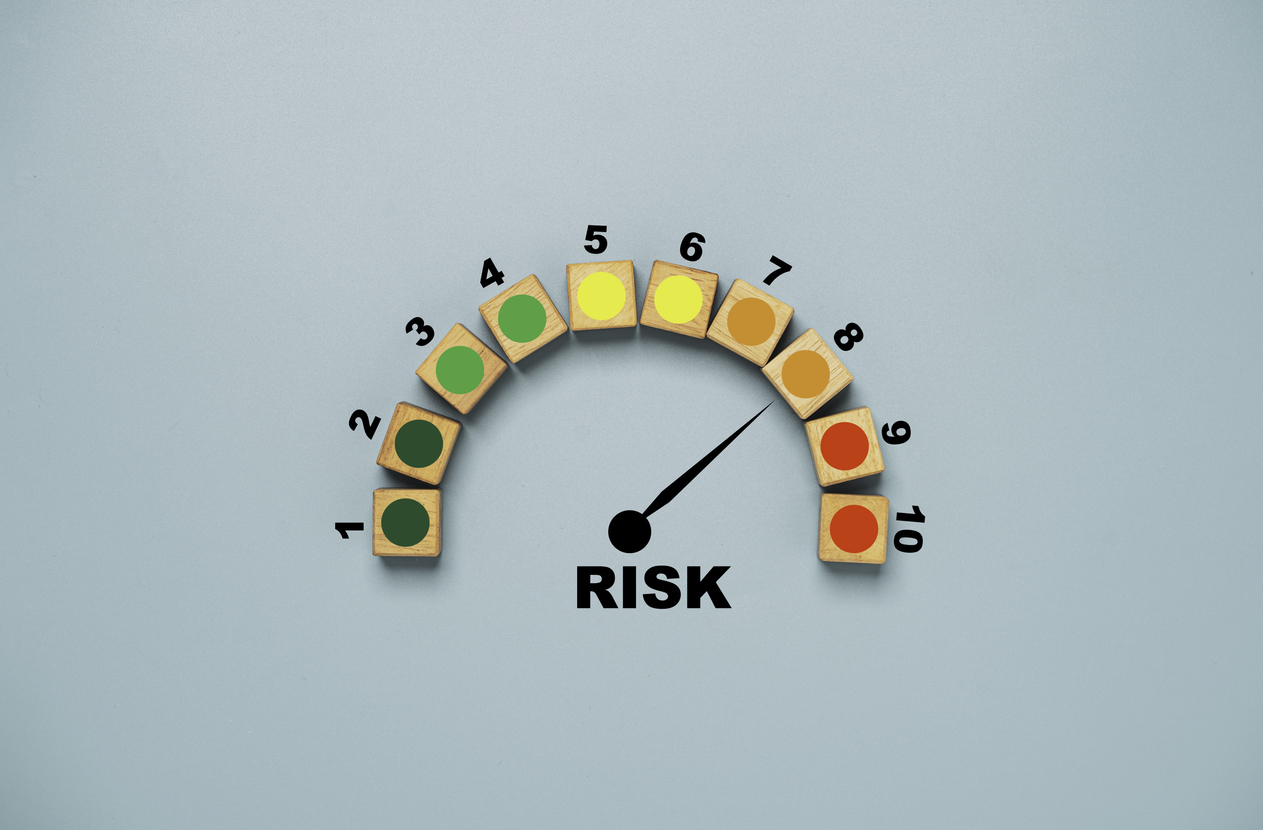
What is Business Credit Analysis?
Business credit analysis is a process of evaluating the creditworthiness and risk associated with extending credit or loans to a business. In basic terms, it’s the assessment of the financial health, stability, and repayment capacity of a business entity to determine the likelihood of the timely repayment for purchased goods and services.
Credit analysis of your customers will follow a similar framework as general business credit analysis, but with more of a focus on the unique characteristics and considerations of your business, the markets you serve and the average customer profile.
Regardless of how extensive the analysis, the fundamentals of your business credit analysis will include all or some portion of the following elements:
Financial Statements Analysis
Reviewing the Financial Statements of a business is a fundamental step in credit analysis. This will include the examination of the income and cashflow statements and the balance sheet to assess the company’s revenue, expenses, liabilities, assets, and cash flow patterns. Key financial ratios, such as liquidity ratios, profitability ratios, and leverage ratios, are calculated and analyzed to measure the company’s financial performance and stability.
Credit History and Payment Patterns
Analyzing the credit history and the business’s payment patterns help determine its track record in meeting its financial obligations. This involves reviewing the company’s credit reports, payment history, and trade references to identify the frequency of late payments, defaults, or delinquencies. Consistent and timely payment behavior is a positive gauge of the organization’s creditworthiness.
Industry and Market Analysis
Depending upon the volume of credit to be extended, understanding the industry and market in which the business operates can be vital for credit analysis. This includes the evaluation of industry trends, competition, market conditions, and the potential risks or opportunities that may impact the company’s financial performance and future. Industry benchmarks and peer comparisons can provide insights into the company’s position and competitiveness.
Business and Management Evaluation
Assessing the business itself and its management team can be an important aspect of credit analysis. This involves evaluating the company’s business model, competitive advantages, customer base, market position, and growth prospects. Additionally, the experience, expertise, and track record of the management team are considered to assess their ability to effectively manage the business and navigate challenges.
Risk Assessment
Identifying and evaluating the potential risks associated with extending credit to a business is crucial. This includes assessing factors such as market risk, industry risk, economic risk, legal and regulatory compliance, and operational risk. Understanding these risks helps determine the level of risk exposure and the appropriate terms, conditions, and interest rates for extending credit.
Collateral and Security
Analyzing the collateral or security offered by the business to secure the credit is an important consideration. This involves evaluating the value, quality, and marketability of the collateral, such as assets, inventory, or real estate. The presence of adequate collateral provides a layer of protection for the lender in case of default.
One area of security against financial risk is in maintaining title to goods when extending credit. This refers to the practice of retaining ownership of the goods sold or financed until the buyer has fulfilled their financial obligations, such as making full payment for the goods or completing the agreed-upon terms of the credit arrangement. This practice is often used to mitigate the risk of non-payment or default by the buyer.
Cash Flow Analysis
Evaluating the company’s cash flow is critical in credit analysis. This involves assessing the company’s ability to generate sufficient cash inflow to meet its financial obligations, including loan repayments. Cash flow projections and analysis help determine the company’s ability to manage its cash flow effectively and service its debt.
Decision and Recommendation
Based on the analysis, a credit decision is made, considering factors such as the borrower’s creditworthiness, risk level, and the amount and terms of the credit requested. A recommendation is provided on whether to approve the credit application, decline it, or suggest modifications to the terms or conditions.
Ongoing Monitoring
Credit analysis is not a one-time process; it requires ongoing monitoring of the borrower’s financial performance, payment behavior, and market conditions. Regular reviews of financial statements, credit reports, and communication with the borrower help ensure that the credit remains in good standing and that any changes in the borrower’s circumstances are promptly identified and addressed.
By following these fundamentals, lenders and credit analysts can make informed decisions regarding credit extension, manage credit risk effectively, and protect the financial interests of their institutions.
Minimize Outstanding Payments and Help Avoid Credit Risk
Let us show you how eTreem’s Intelligent Payment Platform helps you process B2B receivable payments, streamline and automate processing and get invoice payments faster.
